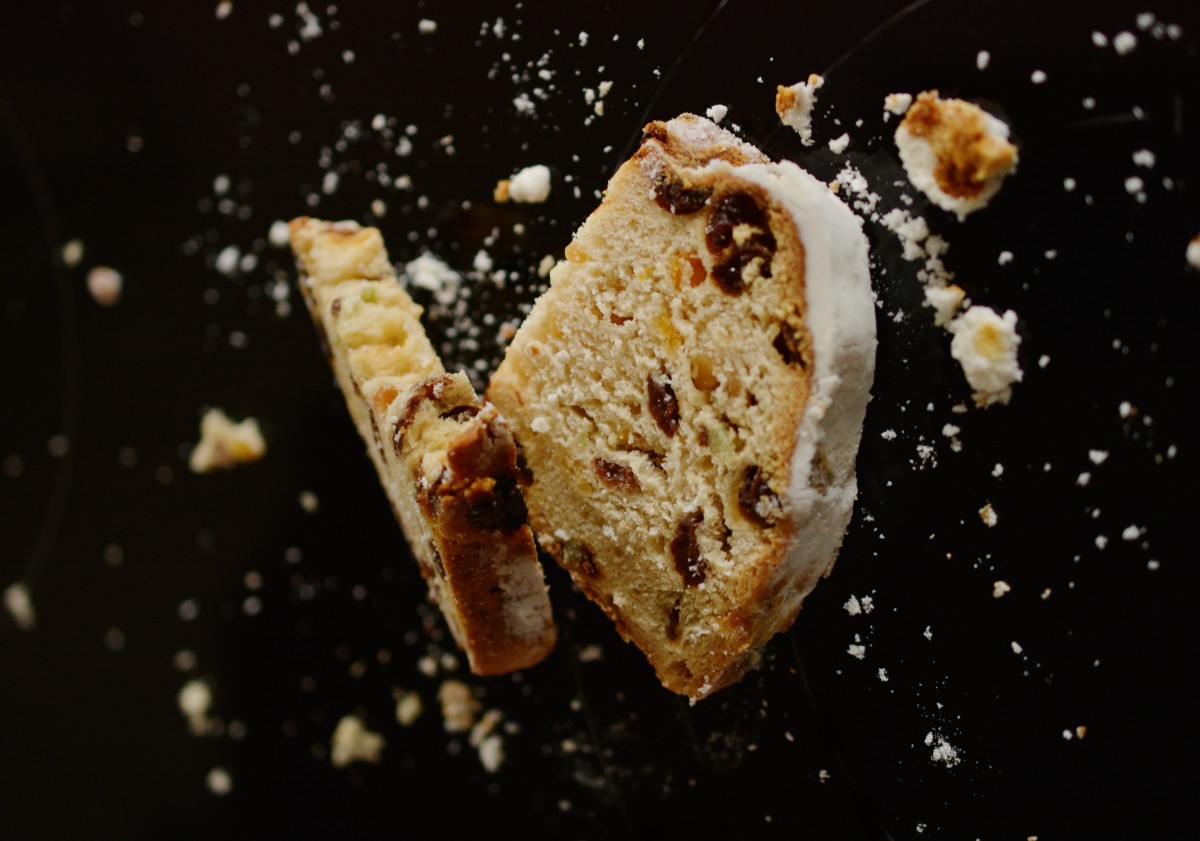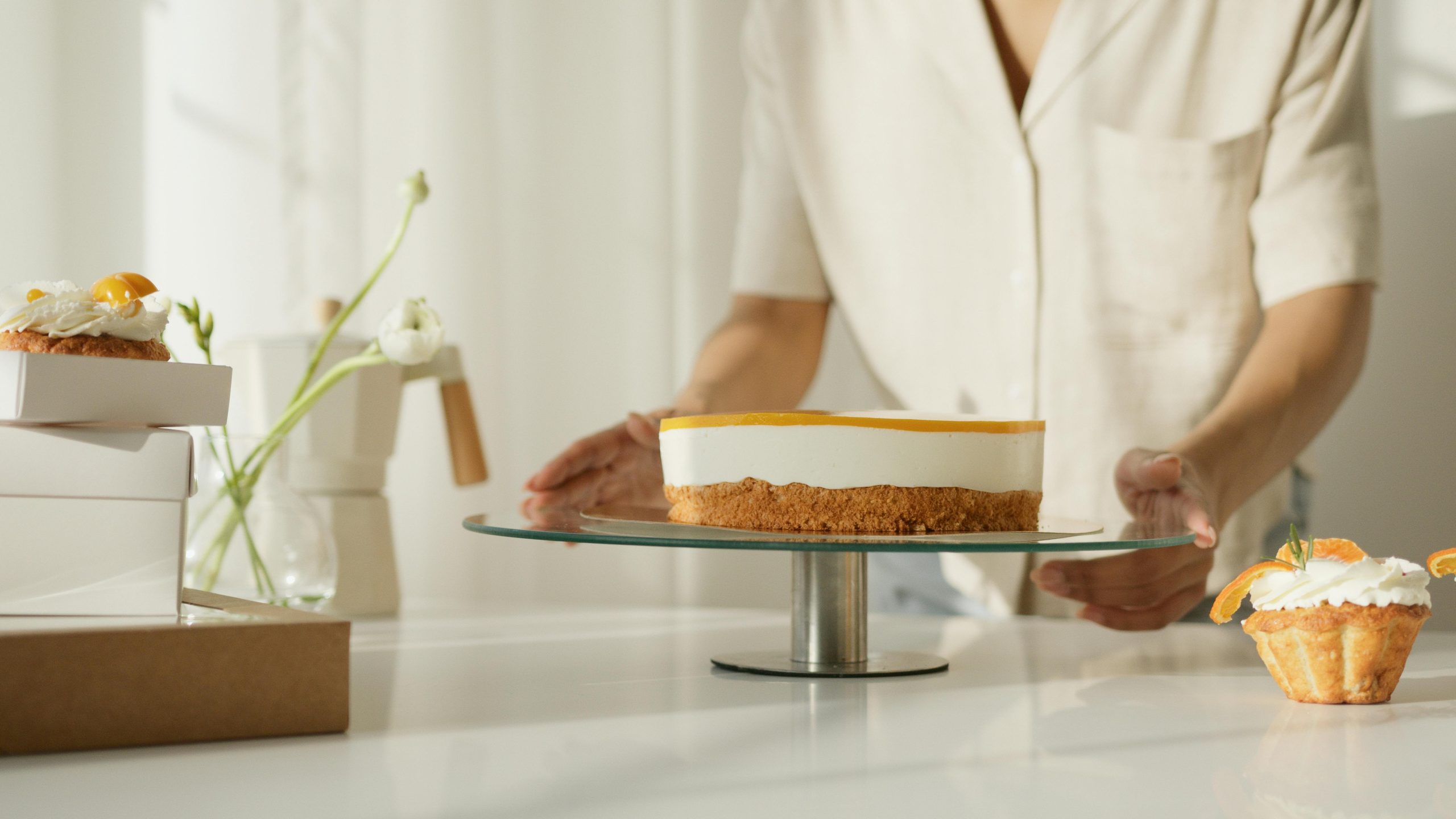10 Baking Tips for Perfect Cakes
As an author of a baking cookbook with many years in the kitchen, I am excited to share with you my top tips for cake baking. This page’s advice will help you to develop the skills necessary to bake delicious cakes. You can bake cakes like a pro with the right techniques. These tips will help you avoid sunken centres, uneven layers, and dry textures.
Want to Save this Recipe?
Enter your email address below, and we will send you the link directly to your inbox. You’ll also receive my favourite baking recipe and join over 250,000 other bakers.
My goal with every recipe and tip I share is to make you a better cook. I have made thousands of mistakes in the baking process, especially when it comes to making the perfect cake. Let me share some of the tips and tricks I’ve picked up over the years.
These useful tips will ensure that your next cake is perfect.
Learn How to Bake the Perfect Cake:
1. Follow the Recipe
It sounds so obvious. The most important tip for baking a cake is to follow the recipe. This is also the most overlooked tip. We substitute ingredients for what we have. Substituting eggs, reducing the sugar, substituting liquid sweetener for dry, using all-purpose flour instead of cake, baking soda instead of powder, and egg whites in place of whole eggs are just a few of the many substitutions we make. This is not something I recommend unless there are alternatives in the recipe.
Do not waste your time, money, or effort. This is something I do too! I sometimes rush through a recipe and don’t pay attention, or I substitute an ingredient because I am out. Ingredients are used for a purpose, and most often, the reason a recipe fails is that it wasn’t followed properly. It’s always best to follow a recipe first and then make changes as needed the second time.
Use the right size pan. If not stated otherwise, do not substitute a 6-inch cake pan for 9 inches or a round 9-inch pan for a square 9-inch pan. Generally, you can swap 8-inch cake pans with 9-inch cake pans. The 8-inch cake will take longer to bake because they are likely to be thicker.
Choose the right size pan to avoid dense cakes, sunken cakes, overflowing cakes, and flimsy cakes.
2. Room Temperature
The tip might be a bit long, so I’ll direct you to the entire post about why ingredients at room temperature are important. The “room temperature” label is not just for show. It’s a legitimate and scientific reason. Use room-temperature eggs, sour cream, butter and milk when a recipe specifies room-temperature ingredients.
Let’s concentrate on butter at room temperature to paint a picture. Creaming butter and sugar is the first step in most cake recipes. The creaming process traps air in butter, which is why it is able to hold air. This trapped air expands during baking and creates a fluffy cake. In addition, ingredients at room temperature bond faster and easier because they are warmer. This reduces over-mixing. Cold ingredients will not emulsify. Period.
Butter at room temperature is around 65degF (18degC), so it may be cooler than the butter in your kitchen. The butter should be cool, not hot. You may be over-softening your butter if you have dense cakes. Let the butter sit on the counter for about 1-2 hrs before you begin your recipe. Test it by poking the butter with your fingers. You should be able to make a small indent with your finger without it sinking into the butter. Butter should not be shiny, greasy or glossy. The butter should be cool, not hot. Often, our schedules do not allow for 1-2 hours to soften butter before beginning a recipe. Do not microwave butter, as it will not be heated evenly. Guess what? I know a foolproof way to soften butter quickly.
3. Measure Properly
It’s easy to overlook this tip, but we make it the most. One tablespoon of sugar mismeasured can make the difference between a successful recipe and a failed recipe. It is important to measure ingredients correctly.
The most commonly mismeasured ingredient is flour. Use the “spoon and level “ method when measuring flour. Don’t scoop flour from the bag or container with the measuring cup. Scooping flour out of the bag or container can give you up to 150% more than the correct amount. Disaster ensues. Instead, use a teaspoon to scoop the flour into your measuring cup. Don’t pack down the flour or tap the measuring cups. Both will cause the flour in the cup to settle. Use the back of the knife to smooth the top of your measuring cup after you have spooned in the flour. You now have a levelled & spooned flour.
Baking can be a very demanding activity. The best baking results are achieved when you understand the correct measurement technique for each ingredient. For a more in-depth look at proper measuring techniques, check out my post on measuring baking ingredients.
4. Cake Flour
Cake flour is my go-to flour for baking cakes. Cake flour is low-protein flour that has been finely ground into a delicate consistency. This tender, soft texture is directly translated into the baked cake. Some recipes, however, cannot tolerate fine cake flour. Cocoa powder, which is an extremely fine ingredient, is already in chocolate cake. I’ve found that the combination of cocoa powder and cake flour results in a weak chocolate cake. Cake flour is not ideal for banana cake, spice cake or carrot cake. These cakes contain wet ingredients such as fruits and vegetables.
Today, I use cake flour to make vanilla cakes, red velvet cakes, white cakes, and other cakes that require a light texture. I have successfully substituted cake flour for all-purpose flour to make a softer pineapple upside-down cake and a 1-layer Sprinkle Cake. You can make a 1:1 swap without making any other changes to the original recipe.
Swans Down, Softasilk, and Softasilk cake flour are my favourite brands. When I can, I buy unbleached; otherwise, I stick to bleached. Both brands deliver consistent results at a reasonable price. Cake flour is located in the baking aisle, next to all-purpose flour. Use this cake flour alternative if you cannot find cake flour.
5. Don’t Over-mix, Don’t Under-mix
If a recipe specifies that you should use an electric mixer or a whisk instead, be sure to only mix the batter until the ingredients are well combined. If you over-mix batter for cupcakes, muffins, or bread, the cake will have a hard texture. This is because the air has been deflated, and the gluten has been developed too much.
Do not turn on the mixer, and then leave the room!
Likewise, don’t under-mix. We want to combine all the ingredients.
6. Use Parchment Paper Rounds
The first thing you should do is to make sure that your cake pans are of high quality. Fat Daddio cake pans are the best, according to bakers. I have the 8-inch and 6-inch round pans. Amazing quality at a great price. I don’t work with this brand. I am just a fan.
Prepare your cake pans correctly, no matter the size or brand. Nowadays, I ALWAYS use rounds of parchment paper. Trace the bottoms of the pans on a large sheet of parchment paper. Then, cut out the circle. Next, lightly grease the pans with nonstick spray or butter. I use “baking” spray with a small amount of flour or coconut oil nonstick. Place the round of parchment inside and grease it too. Yes, you should grease both the pan and the parchment. Your cake will be able to enjoy a nonstick environment. There will be no sticking. I keep a few parchment rounds in my pantry in case I need to bake a cake quickly.
After the cake is cooled, use a thin blade to run around the edges, invert it on your work surface or hand, and then remove the cake pan. Peel the parchment off.
There is no need to use parchment paper if you are serving the cake straight from the pan. However, you can line the pan with parchment if you wish. Grease the pan.
7. Don’t Open the Oven
Do not open the oven more than 25 times during the baking process. The cake will sink because of the sudden temperature change and cool air allow in. The same temperature change can cause cracks in the cheesecake. Click here to learn how to prevent cracks in cheesecake. Follow the instructions in the recipe, and test the cake for doneness one or two more times. (Next tip.)
A thermometer for the oven is also a great asset. Your oven’s temperature may be inaccurate unless it is brand new or has been calibrated regularly. If you set the oven at 350degF, it may not actually be that temperature inside. A miscalculated oven can ruin baked goods. An oven thermometer is a cheap solution. They are inexpensive, but they’re indispensable in the baker’s oven. It is best to place it in the oven to know what temperature you are at.
If you are using a convection-type oven, reduce the temperature by at least 25 degrees F. For cookies, you should reduce the baking time by around one minute. Usually, bake times for cakes, cupcakes, and other items that require longer baking times (such as brownies, bars, breads, etc.) are reduced by around 5 minutes. My recipes are for conventional ovens.
8. Bounce-Back Test
Test the doneness of a cake with a toothpick. If the toothpick comes out clean after inserting it in the middle of the cake, the cake is cooked. Let me tell you how I check instead. You don’t have to waste your time looking for a toothpick.
You can either remove the cake or keep it in the oven. Gently press the cake. The cake is done if it bounces back fully. If you leave a mark on the cake with your finger, it will need more time. It’s so easy. This is what I do every time!
You can use this little trick on cupcakes, muffins, and other baked goods.
9. Cool the Cake Completely
It may seem obvious, but I’m often in a hurry. Assembling and/or decorating cakes before they are completely cooled is a disaster. The frosting will melt, and the flavour won’t settle.
In a hurry, I will cool the cake for 30 minutes in the pan. After removing it from the pan, I will place it onto a baking tray in the freezer or fridge for another 45 minutes. Depending on its size, it can take up to 1 hour for the cake to cool completely.
10. Storing & Transporting Cakes
If not stated otherwise, the best way to enjoy cakes is at room temperature. If you like dark chocolate mousse cold, that’s great! You can prepare the cake a day in advance. Bake and cool it, then cover tightly and store it at room temperature. The best frosting is fresh, so frost and assemble the cake on the day you plan to serve it. Store frosted cakes in the fridge covered. Place it on the counter to warm it up. My cake recipes all include instructions for making them ahead.
What is the best way to cover a cake with frosting without ruining it? Use a cake carrier! These are a lifesaver for storing and transporting cake. They’re also on my list of Cake Decorating Tools. This cupcake carrier is great for transporting and storing frosted cups. And not just cupcakes/muffins–this carrier is also excellent for transporting 9×13-inch cakes, round pies, cookies, and more.

